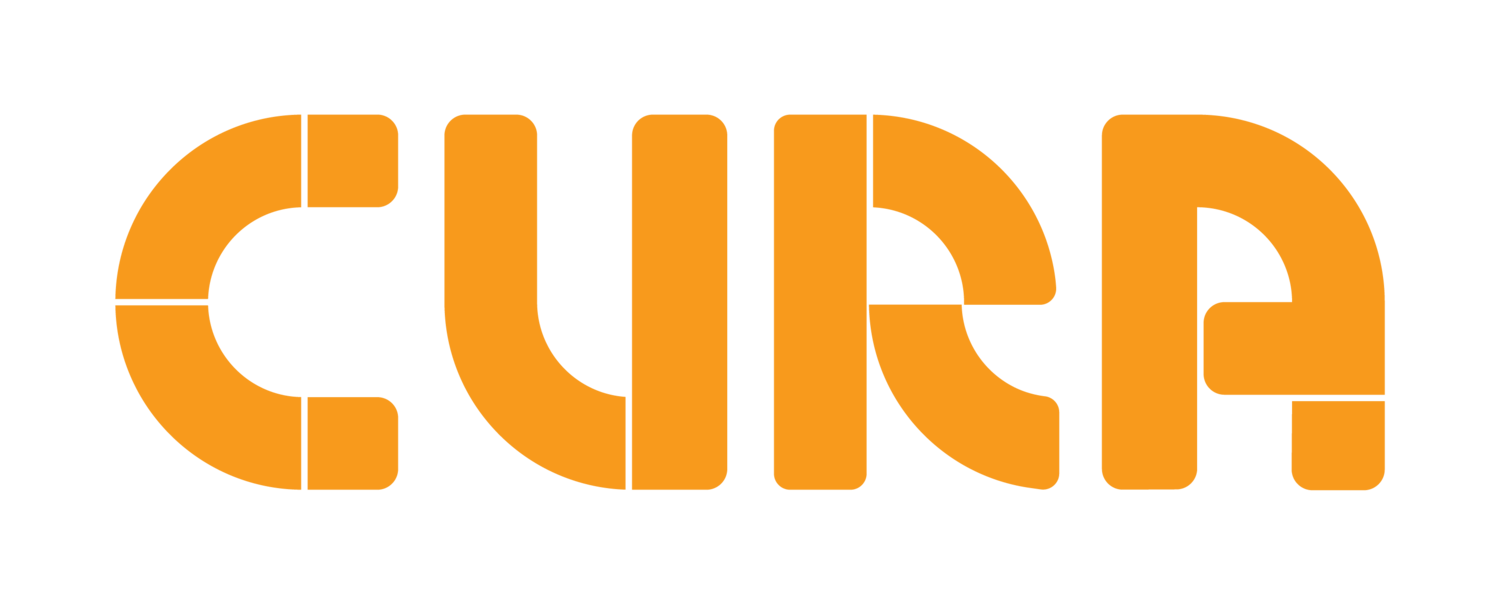Our roadmap for teaching student collaboration
One of the consistent themes we come back to again and again in the eduSTEM Review is the importance of teaching and developing students’ thinking and interpersonal skills.
These are widely recognised as being the knowledge that students need to possess after completing their education and, should they have developed them, they will be better able to navigate a complex and rapidly-changing world. We are also firm believers in the importance of these skills for a more immediate and pragmatic reason; our experience is that they are crucial to a student being able to navigate a PBL unit successfully.
If students know how to collaborate and work productively with teammates, think their way through challenging problems, and evaluate different courses of action to make informed and well-judged decisions, they are more likely to create better end products through a project. This seems self-evident, yet our experience is that schools often do not spend enough time explicitly teaching these skills as part of a PBL unit. If they are addressed, it often only happens once, when instead these skills (like any skill) require consistent reinforcement and application to become ingrained in students.
We want to change this. Our mission is to help build a generation of changemakers who have the tools to make a difference in and make their mark on their communities and the world around them. We are therefore spending a lot of time thinking about the best way to teach, test, and assess these skills across our projects, and how to help you do the same in your classrooms. It is the start of an exciting and iterative journey for us.
Our roadmap (and toolkit) for teaching collaboration
In September’s edition of the eduSTEM Review, we signaled our intention to focus first on collaboration. We see this as the number one ‘enabler’ soft skill which students should develop; being able to work with and through people is an unparalleled superpower in helping them drive change and unlock their potential.
However, teamwork & collaboration is something which we expect of students without adequately providing them with the tools or techniques to thrive. We often place students in teams without sufficient explicit teaching of the behaviours that can both enhance and corrode team dynamics, then wonder why that group falls apart. You can probably picture a classroom where this has happened and, if you have experienced it, you’ll know that a breakdown of a team can often be fatal to a student’s motivation and learning in a project.
Part of the problem is that collaboration is a sprawling motherhood term which encompasses so many different skills and behaviours. Teaching collaboration is challenging as it is hard to know where to start and what to address.
To solve this challenge and help teachers explicitly teach different facets of collaboration, we have developed a collaboration toolkit. This toolkit is the result of extensive research into how to break down and categorise the different components of collaboration and the skills that need to be developed as a result. We therefore believe that, unless each component is addressed, a students’ collaborative skills are not being fully developed.
You can see an overview of this toolkit below.
Teaching collaboration through our projects
For every category within our collaboration toolkit, we have built out explicit tasks which integrate and require the use of different collaborative skills across our projects. We’ve also created ‘skill builder’ tasks to help teachers explicitly teach that skill and allow students to practice applying it before they are expected to use it in the project. These skills can be taught in a sequential fashion across multiple years and multiple projects so that a student is exposed to and consolidates their understanding and ability to demonstrate each skill. We’ve also created rubrics to help assess and monitor the development of these skills on a longitudinal basis.
This toolkit – along with toolkits for other key soft skills – will be coming to all our projects across 2021. In the meantime, we’ll be previewing the toolkit and sharing some of the tasks with you over the next few editions of the eduSTEM Review. Last edition we spoke through our framework for conceptualising high-performing teams; this month, we explore a user manual as a critical tool in helping students understand themselves and their teammates.
Do you know an educator who would be interested in learning more about how to build collaborative skills in students? If so, please share this article with them!
If you are passionate about teaching collaboration and want to learn more, get in touch with us at info@edustem.com.au. We’re always happy to exchange ideas with our PBL community!

